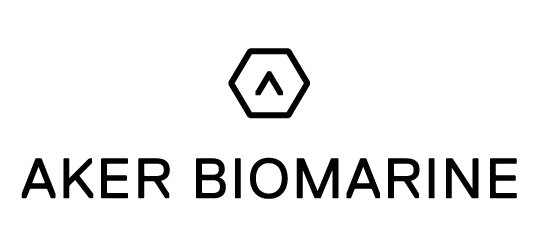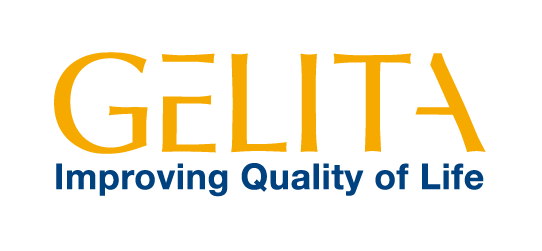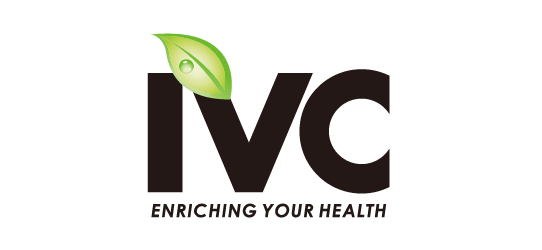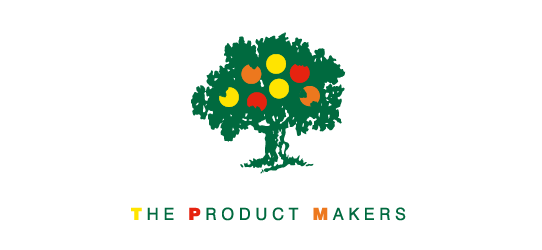肠道健康资讯
全“菌”出击,吃出健康胃肠道——植物乳植杆菌LP299V®
2022-04-02 09:50 来源:新营养
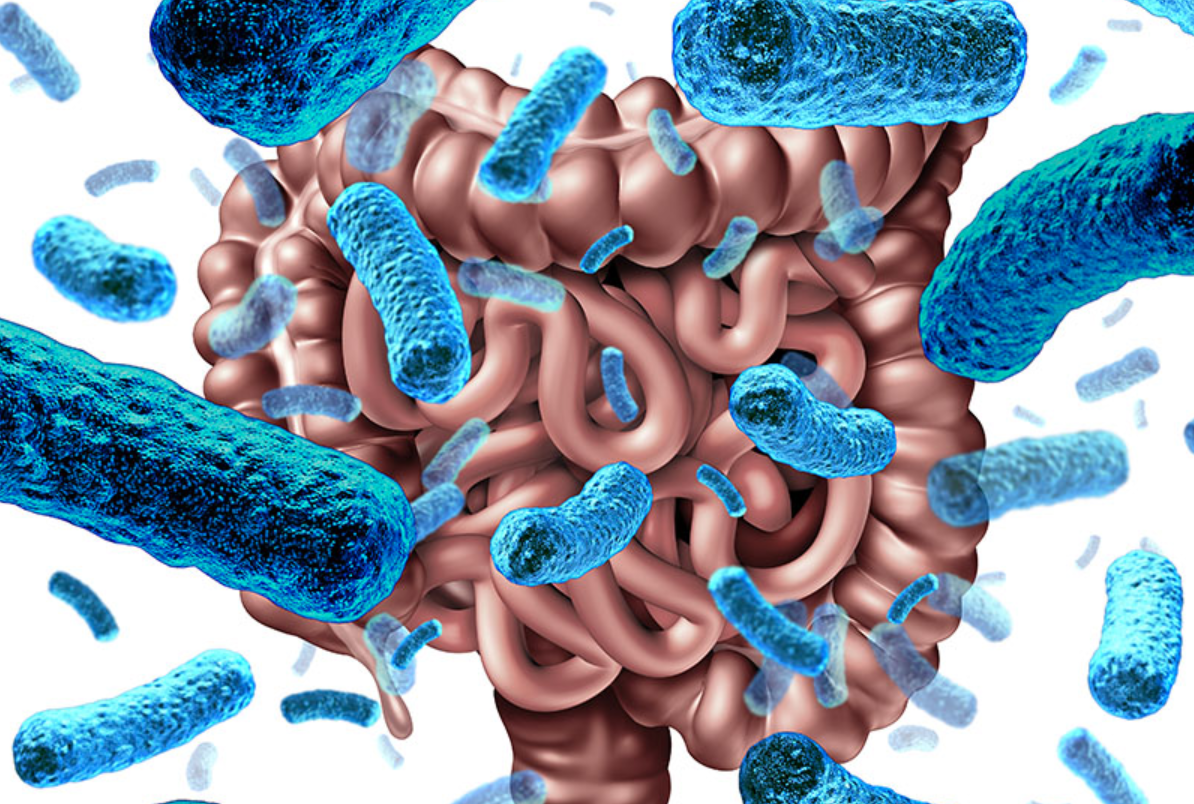 图源:图虫创意
图源:图虫创意
植物乳植杆菌299v (LP299V®)已被记录在多个领域,均与肠道健康有益相关。在30年的研究中,它在200 多篇的科学出版物中有所描述,并已进行了超过65 项的临床研究,从炎症到代谢健康等领域。广泛的记载和临床证据使这只菌株独一无二,是建立消费者忠诚度的理想选择。下面将从植物乳植杆菌LP299V®的历史起源、特征与机制、安全性、应用领域四个角度进行解读,进一步了解它的价值及可应用领域。
01 植物乳植杆菌299v
20世纪80年代,来自瑞典南部隆德大学的一群科学家在努力寻找提高多器官衰竭的重症监护室(ICU)患者存活率的方法时, 将一株在健康人体肠道中表现最突出的细菌菌株提取出来,在首批实验成功用于ICU患者后,为其命名为植物乳杆菌299v,后更名为植物乳植杆菌299v(LP299V®)。
02 LP299V® 的特征与机制维持和改善肠粘膜屏障功能
LP299V®对身体多个部位均具有益作用,尤其是胃肠道。该菌株对胃肠道健康益处的潜在核心机制是维持和改善肠粘膜屏障功能。健康和更具弹性的肠道屏障可以更好地应对病原体和外来物质等问题。
LP299V®能够通过甘露糖受体结合肠上皮细胞层,降低肠道通透性。这一特征经证明对该菌株所表现出的大多数健康益处很重要,而仅有少数其他益生菌菌株具有此特征。
I. 粘附上皮细胞使细菌有足够停留时间发挥作用
在健康成人及重症患者中,甘露糖结合机制使得LP299V® 沿整个胃肠道粘附在上皮细胞上(图1)。LP299V® 也可粘附到粘液层,主要原因在于与粘蛋白的静电和疏水相互作用。粘附到粘液层是使细菌有足够的停留时间与上皮细胞发生相互作用的关键因素。
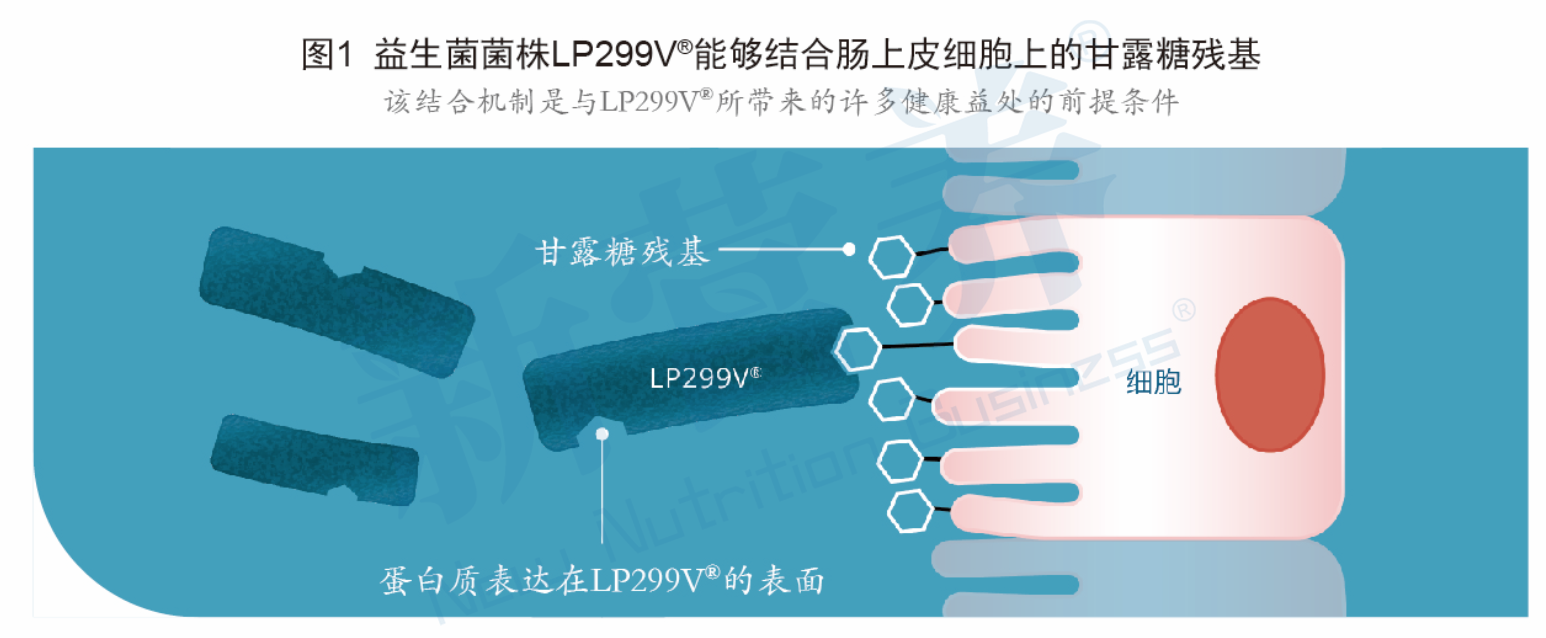
II. 抑制病原体促进肠道完整性
LP299V®可促进黏蛋白产生,由于粘液层是肠腔中抗病原体的第一道防线,因此该机制是抑制病原体和促进肠道完整性的重要机制。LP299V®抑制病原体的第二个重要机制是产生羧酸。在接受抗生素治疗的患者中,发现粪便中丁酸水平保持不变。这暗示服用LP299V®可减少抗生素治疗对结肠发酵的不良影响。另外,LP299V®通过在肠细胞上竞争结合位点来竞争抑制病原体。
III. 防止黏膜通透性与细菌移位增加支持肠道健康
健康肠道由相互紧密相连的上皮细胞所组成,可防止肠壁渗漏。在受干扰的肠道中,粘液层较薄,更具通透性。微绒毛可能受损,导致上皮细胞不再相互结合,细菌和其他有害物质通过肠壁渗漏。经证明益生菌菌株LP299V®可通过促进微生物菌群平衡来支持肠道健康,并刺激粘液产生,增强上皮细胞紧密结合,防止粘膜通透性和细菌移位增加。(图2)
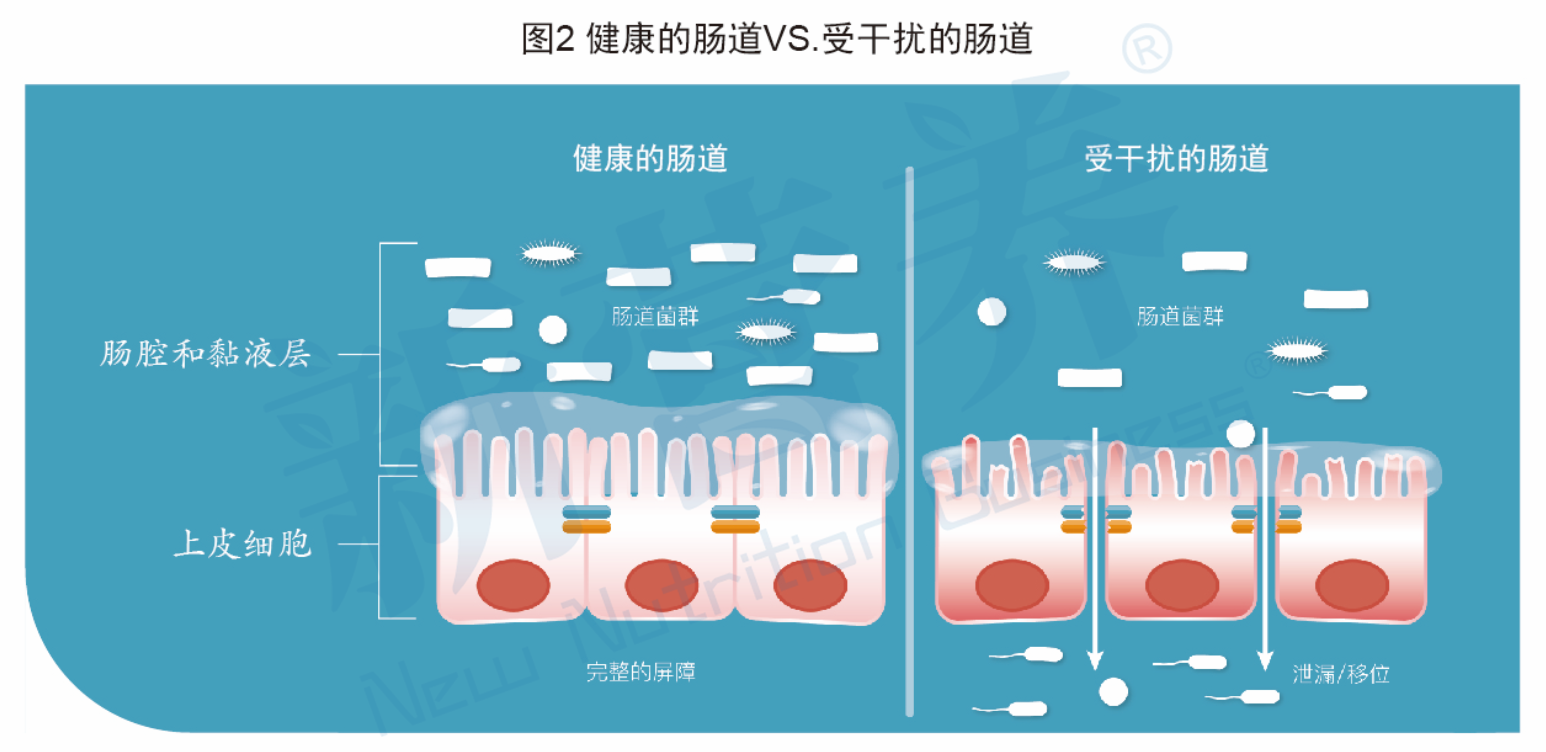
IV. 对炎症反应有积极作用支持自然免疫调节
在一些体外研究中证明了LP299V®的甘露糖结合能力对免疫反应的重要性。动物研究显示LP299V®具有抗炎作用。临床研究中也对LP299V®的免疫调节作用进行了研究。对于吸烟受试者者进行益生菌干预时,也观察到IL-6水平下降。从不同的研究可看出,LP299V®可通过维持警觉和主动免疫系统,帮助支持自然免疫调节。另一种机制是通过多种作用抑制有害菌。
03 具备公认的安全性被列入欧盟安全认定(QPS)名单
LP299V®已在人体中进行过充分研究,该菌株可供健康成人和儿童,以及有各种健康问题状况的个体安全食用。植物乳植杆菌被公认具有安全性,且被列入了欧盟安全资格认定(QPS)名单。任何一种微生物若要列入QPS名单,必须具有明确的分类特征,并且其安全性必须得到确证。
美国食品药品监督管理局(FDA)对LP299V®的“公认安全”(GRAS)确定通知中提供的证据进行了审查。FDA对其预期用途未提出任何问题或异议,同样表明了LP299V®可靠的安全性。
04 对人类健康的价值可应用在两大健康领域
全世界超过40%的人均患有某种形式的胃肠功能紊乱疾病,而缺铁是世界上最常见的微量营养素缺乏症。我们在超过65项人体临床研究中,对 LP299V®在不同人群中以及对不同健康适应症的影响进行了研究。经证明,该菌株对于多种适应症均具有临床功效,主要集中在支持胃肠健康和增加铁吸这两大健康领域。
1) 肠易激综合症
肠易激综合症(IBS)是最常报道的胃肠疾病,主要特征为复发性腹部疼痛或不适,与排便习惯改变有关。其他常见的胃肠道症状包括腹胀或肠胃气胀、便秘、便急、感觉排便不完全或便粘等。IBS发病的影响因素尚不明确,我们认为菌群失衡是关键因素之一,并通过实验证明了这一点。
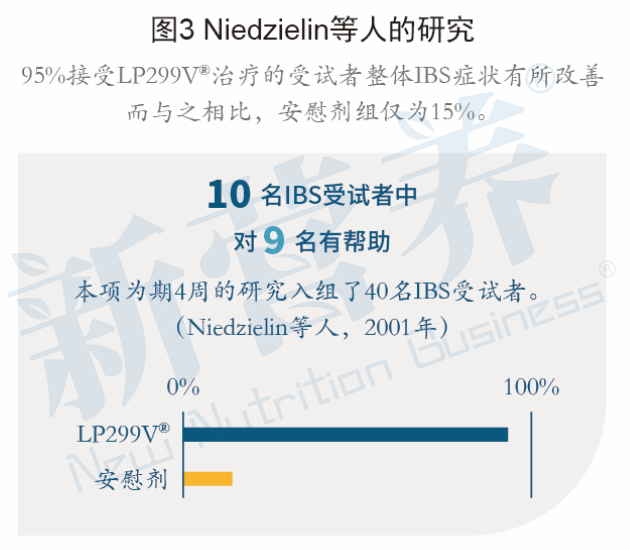
·腹胀和气胀
在IBS相关领域内对LP299V®进行的第一项临床研究在健康受试者中进行。研究表明,该菌株可定植于肠道中,且可以减少可能产气的细菌。在补充菌株后发现,饮用含有LP299V®的果汁饮料可大大减少气胀的发生。与安慰剂组相比,LP299V®组大量产气的天数也大大减少,并且减少速度更快。(图4)
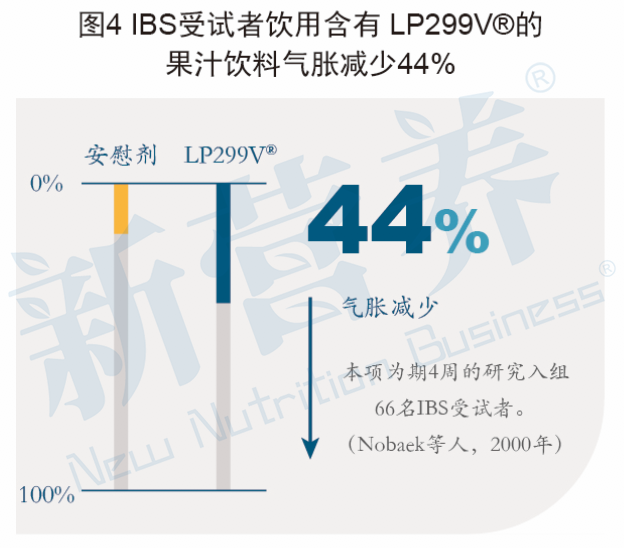
·腹痛
受试者以果汁饮料的方式接受了安慰剂或LP299V®的研究,为期4周。在接受研究一周后,LP299V®组中有70%的受试者报告疼痛有显著缓解。在研究结束时发现 LP299V®组的腹痛症状完全消退,而接受安慰剂的受试者中仍有55%报告有腹痛。
·排便
经观察,IBS受试者摄入LP299V®排便频率有所改善,每天排便至少三次的受试者排便次数减少,而便秘受试者的排便频率则有所增加。
2) 炎性肠病
炎性肠病(IBD)是指慢性复发性肠道炎症,包括溃疡性结肠炎(UC)和克罗恩病(CD),症状包括严重腹泻、腹痛、便血、乏力和无意识体重减轻。不同的结肠炎动物模型研究显示,LP299V®可减少与IBD有关的炎性体征。在24周干预期间内,处于UC活跃期的患者补充经 LP299V®发酵的燕麦粥后,症状有显著改善。
3) 胃肠道感染
在数项临床研究中,就LP299V®对抗生素相关性腹泻(AAD)和胃肠道感染(如艰难梭菌感染(CDI)的发病率、症状和复发的影响进行了研究。
艰难梭菌目前是AAD发病所涉及的最为常见的病原菌。微生物菌群失调在艰难梭菌相关性腹泻中较为常见,且在接受广谱抗生素治疗的患者中最常见。在抗生素治疗期间服用 LP299V®可减少成人患者中与抗生素摄入相关的轻度胃肠道症状,如稀便或水样便以及恶心呕吐等。LP299V®也可降低成人中复发性CDI的发病率,并大大减少危重症患者中CDI的发病率。
4) 铁吸收
根据世界卫生组织(WHO)提供的资料,2011 年有大约5亿女性、超过3000万的孕妇和接近3亿的儿童患有贫血症,缺铁往往源于铁吸收不足。
铁补充剂可有效减少缺铁现象,从而降低贫血的患病率。然而,由于补充剂中的铁浓度较高,而肠内吸收率较低,从而导致结肠中铁含量较高,往往会伴如腹痛和便秘等副作用。因此除摄入铁外,还需寻找增加铁吸收的方法,LP299V®在这方面的表现脱颖而出。
在数项针对女性的临床研究以及动物研究中,就LP299V®对铁吸收的影响进行了研究。研究证明,LP299V®可增加铁吸收并改善铁状况。铁吸收似乎是LP299V®的一种菌株专属特性。研究人员对其它众多菌株也进行过研究,却未发现有此特性。
与不含活性LP299V®的燕麦粥相比,含活性LP299V®的燕麦粥大大增加了育龄妇女试验餐中的铁吸收。在使用果汁饮料和含有冻干菌的胶囊的研究中也证实了上述结果。根据食物基质的不同,与对照组相比,铁吸收率增加了23%至80%不等。(图5)
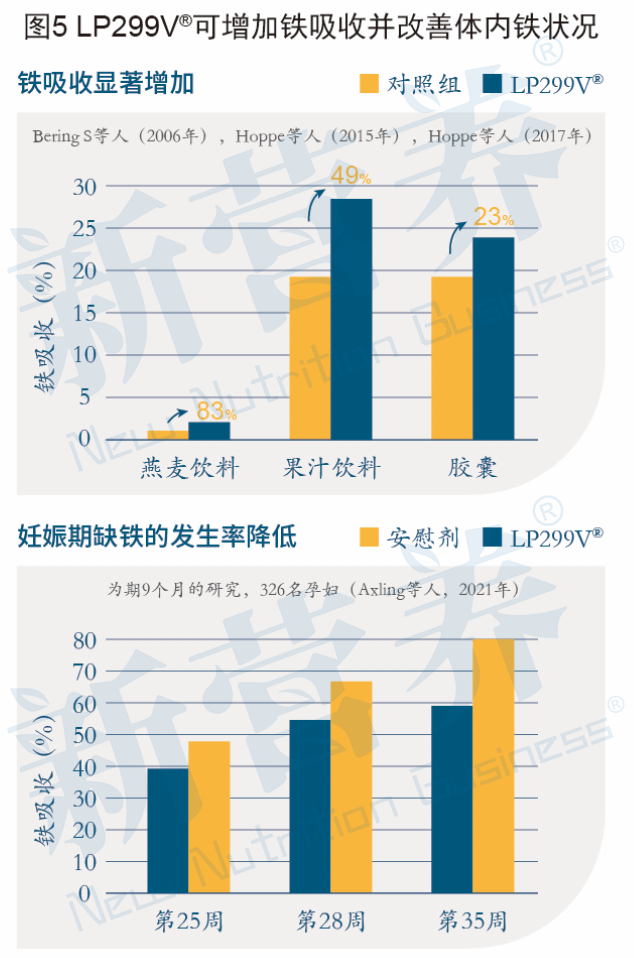
为了总结本文所述LP299V®的其他作用,研究证明了该菌株的使用安全性、通过胃肠道的存活率、结合机制以及对改善人体健康的多重影响。研究证实,摄入LP299V® 可影响病原体抑制、肠屏障功能和免疫系统。使用LP299V®进行的人体临床研究显示,它具有若干健康益处,其有效性最强有力的证据是可促进胃肠道健康和铁吸收。
想更深一层了解LP299V®?请请至以下链接获取LP299V®中文版手册:https://www.probi.com/zh/lp299v-probiotic-strain/
参考文献:
1. Johansson ML, Molin G, Jeppsson B, Nobaek S, Ahrné S, Bengmark S. Administration of different Lactobacillus strains in fermented oatmeal soup: in vivo colonization of human intestinal mucosa and effect on the indigenous flora. Applied and environmental microbiology. 1993;59(1):15-20.
2. Johansson ML, Nobaek S, Berggren A, et al. Survival of Lactobacillus plantarum DSM 9843 (299v), and effect on the short-chain fatty acid content of faeces after ingestion of a rose-hip drink with fermented oats. International journal of food microbiology. 1998;42(1-2):29-38.
3. Nobaek S, Johansson ML, Molin G, Ahrne S, Jeppsson B. Alteration of intestinal microflora is associated with reduction in abdominal bloating and pain in patients with irritable bowel syndrome. Am J Gastroenterol. 2000;95(5):1231-1238.
4. Mangell P, Thorlacius H, Syk I, et al. Lactobacillus plantarum 299v does not reduce enteric bacteria or bacterial translocation in patients undergoing colon resection. Digestive diseases and sciences. 2012;57(7):1915-1924.
5. Stjernquist-Desatnik A, Warfving H, Johansson ML. Persistence of Lactobacillus plantarum DSM 9843 on human tonsillar surface after oral administration in fermented oatmeal gruel. A pilot study. Acta Otolaryngol Suppl. 2000;543:215-219.
6. Klarin B, Johansson ML, Molin G, Larsson A, Jeppsson B. Adhesion of the probiotic bacterium Lactobacillus plantarum 299v onto the gut mucosa in critically ill patients: a randomised open trial. Critical care. 2005;9(3):R285-293.
7. Adlerberth I, Ahrne S, Johansson ML, Molin G, Hanson LA, Wold AE. A mannose-specific adherence mechanism in Lactobacillus plantarum conferring binding to the human colonic cell line HT-29. Applied and environmental microbiology. 1996;62(7):2244-2251.
8. Buntin N, de Vos WM, Hongpattarakere T. Variation of mucin adhesion, cell surface characteristics, and molecular mechanisms among Lactobacillus plantarum isolated from different habitats. Appl Microbiol Biotechnol. 2017;101(20):7663-7674.
9. Mack DR, Michail S, Wei S, McDougall L, Hollingsworth MA. Probiotics inhibit enteropathogenic E. coli adherence in vitro by inducing intestinal mucin gene expression. Am J Physiol. 1999;276(4):G941-950.
10. Mack DR, Ahrne S, Hyde L, Wei S, Hollingsworth MA. Extracellular MUC3 mucin secretion follows adherence of Lactobacillus strains to intestinal epithelial cells in vitro. Gut. 2003;52(6):827-833.
11. Barnett AM, Roy NC, Cookson AL, McNabb WC. Metabolism of Caprine Milk Carbohydrates by Probiotic Bacteria and Caco-2:HT29(-)MTX Epithelial Co-Cultures and Their Impact on Intestinal Barrier Integrity. Nutrients. 2018;10(7).
12. Malik M, Suboc TM, Tyagi S, et al. Lactobacillus plantarum 299v Supplementation Improves Vascular Endothelial Function and Reduces Inflammatory Biomarkers in Men With Stable Coronary Artery Disease. Circulation research. 2018;123(9):1091-1102.
13. Wullt M, Johansson Hagslatt ML, Odenholt I, Berggren A. Lactobacillus plantarum 299v enhances the concentrations of fecal short-chain fatty acids in patients with recurrent clostridium difficile-associated diarrhea. Digestive diseases and sciences. 2007;52(9):2082-2086.
14. Gross G, Snel J, Boekhorst J, Smits MA, Kleerebezem M. Biodiversity of mannose-specific adhesion in Lactobacillus plantarum revisited: strainspecific domain composition of the mannose-adhesin. Benef Microbes. 2010;1(1):61-66.
15. Gross G, van der Meulen J, Snel J, et al. Mannose-specific interaction of Lactobacillus plantarum with porcine jejunal epithelium. FEMS Immunol Med Microbiol. 2008;54(2):215-223.
16. Michail S, Abernathy F. Lactobacillus plantarum reduces the in vitro secretory response of intestinal epithelial cells to enteropathogenic Escherichia coli infection. J Pediatr Gastroenterol Nutr. 2002;35(3):350-355.
17. Reid G, Burton J. Use of Lactobacillus to prevent infection by pathogenic bacteria. Microbes Infect. 2002;4(3):319-324.
18. Klarin B, Wullt M, Palmquist I, Molin G, Larsson A, Jeppsson B. Lactobacillus plantarum 299v reduces colonisation of Clostridium difficile in critically ill patients treated with antibiotics. Acta anaesthesiologica Scandinavica. 2008;52(8):1096-1102.
19. Dudzicz S, Kujawa-Szewieczek A, Kwiecien K, Wiecek A, Adamczak M. Lactobacillus plantarum 299v Reduces the Incidence of Clostridium difficile Infection in Nephrology and Transplantation Ward-Results of One Year Extended Study. Nutrients. 2018;10(11).
20. Kujawa-Szewieczek A, Adamczak M, Kwiecien K, Dudzicz S, Gazda M, Wiecek A. The Effect of Lactobacillus plantarum 299v on the Incidence of Clostridium difficile Infection in High Risk Patients Treated with Antibiotics. Nutrients. 2015;7(12):10179-10188.
21. Osman N, Adawi D, Ahrne S, Jeppsson B, Molin G. Modulation of the Effect of Dextran Sulfate Sodium-Induced Acute Colitis by the Administration of Different Probiotic Strains of Lactobacillus and Bifidobacteriu. Digestive diseases and sciences. 2004;49(2):320-327.
22. Jones C, Badger SA, Regan M, et al. Modulation of gut barrier function in patients with obstructive jaundice using probiotic LP299v. Eur J Gastroenterol Hepatol. 2013;25(12):1424-1430.
23. McCracken VJ, Chun T, Baldeon ME, et al. TNF-alpha sensitizes HT-29 colonic epithelial cells to intestinal lactobacilli. Exp Biol Med (Maywood). 2002;227(8):665-670.
24. Schultz M, Veltkamp C, Dieleman LA, et al. Lactobacillus plantarum 299v in the treatment and prevention of spontaneous Colitis in Interleukin-10-deficient mice. Inflammatory Bowel Diseases. 2002;8(2):71-80.
25. Hulst M, Gross G, Liu Y, et al. Oral administration of Lactobacillus plantarum 299v modulates gene expression in the ileum of pigs: prediction of crosstalk between intestinal immune cells and sub-mucosal adipocytes. Genes & nutrition. 2015;10(3):10.
26. Badger SA, Jones, C., Regan, M., Diamond, T., Parks, R.W. and Taylor, M.A., 2013. Modulation of the Hepatic Cytokine Response to Portal Endotoxaemia using the Probiotic Lactobacillus Plantarum 299v. Journal of Gastroenterology and Hepatology Research. 2013;2:632-637.
27. Naruszewicz M, Johansson ML, Zapolska-Downar D, Bukowska H. Effect of Lactobacillus plantarum 299v on cardiovascular disease risk factors in smokers. Am J Clin Nutr. 2002;76(6):1249-1255.
28. Olek A, Woynarowski M, Ahren IL, et al. Efficacy and Safety of Lactobacillus plantarum DSM 9843 (LP299V) in the Prevention of Antibiotic-Associated Gastrointestinal Symptoms in Children-Randomized, Double-Blind, Placebo-Controlled Study. The Journal of pediatrics. 2017;186:82-86.
29. Sperber AD, Bangdiwala SI, Drossman DA, et al. Worldwide Prevalence and Burden of Functional Gastrointestinal Disorders, Results of Rome Foundation Global Study. Gastroenterology. 2021;160(1):99-114.e113.
30. WHO. The global prevalence of anaemia in 2011. WHO. 2015.
31. Mearin F, Lacy BE, Chang L, et al. Bowel Disorders. Gastroenterology. 2016;150(6):1393-1407.
32. Quigley EM. Probiotics in functional gastrointestinal disorders: what are the facts? Curr Opin Pharmacol. 2008;8(6):704-708.
33. Lacy BE, Mearin, F., Chang, L., Lembo, A.J., Simren, M., Spiller, R. Bowel Disorders. Gastroenterology. 2016;150(6):1393-1407.
34. Ducrotte P, Sawant P, Jayanthi V. Clinical trial: Lactobacillus plantarum 299v (DSM 9843) improves symptoms of irritable bowel syndrome. World journal of gastroenterology. 2012;18(30):4012-4018.
35. Niedzielin K, Kordecki H, Birkenfeld B. A controlled, double-blind, randomized study on the efficacy of Lactobacillus plantarum 299V in patients with irritable bowel syndrome. Eur J Gastroenterol Hepatol. 2001;13(10):1143-1147.
36. Krag A, Israelsen H, von Ryberg B, Andersen KK, Bendtsen F. Safety and efficacy of Profermin(R) to induce remission in ulcerative colitis. World journal of gastroenterology. 2012;18(15):1773-1780.
37. Lonnermark E, Friman V, Lappas G, Sandberg T, Berggren A, Adlerberth I. Intake of Lactobacillus plantarum reduces certain gastrointestinal symptoms during treatment with antibiotics. J Clin Gastroenterol. 2010;44(2):106-112.
38. Wullt M, Hagslatt ML, Odenholt I. Lactobacillus plantarum 299v for the treatment of recurrent Clostridium difficile-associated diarrhoea: a doubleblind, placebo-controlled trial. Scand J Infect Dis. 2003;35(6-7):365-367.
39. Low MS, Speedy J, Styles CE, De-Regil LM, Pasricha SR. Daily iron supplementation for improving anaemia, iron status and health in menstruating women. Cochrane Database Syst Rev. 2016;4:Cd009747.
40. Bering S, Suchdev S, Sjoltov L, Berggren A, Tetens I, Bukhave K. A lactic acid-fermented oat gruel increases non-haem iron absorption from a phytate-rich meal in healthy women of childbearing age. The British journal of nutrition. 2006;96(1):80-85.
41. Hoppe M, Önning G, Berggren A, Hulthen L. Probiotic strain Lactobacillus plantarum 299v increases iron absorption from an iron supplemented fruit drink: a double-isotope cross-over single-blind study in women of reproductive age. The British journal of nutrition. 2015;114(8):1195-1202.
42. Hoppe M, Önning G, Hulthen L. Freeze-dried Lactobacillus plantarum 299v increases iron absorption in young females-Double isotope sequential single-blind studies in menstruating women. PloS one. 2017;12(12):e0189141.
43. Korcok DJ, Trsic-Milanovic NA, Ivanovic ND, Dordevic BI. Development of Probiotic Formulation for the Treatment of Iron Deficiency Anemia. Chem Pharm Bull (Tokyo). 2018;66(4):347-352.
44. Axling U, Önning G, Combs MA, Bogale A, Hogstrom M, Svensson M. The Effect of Lactobacillus plantarum 299v on Iron Status and Physical Performance in Female Iron-Deficient Athletes: A Randomized Controlled Trial. Nutrients. 2020;12(5).
45. Axling U, Önning G, Martinsson Niskanen T, Larsson N, Hansson SR, Hulthen L. The effect of Lactiplantibacillus plantarum 299v together with a low dose of iron on iron status in healthy pregnant women: A randomized clinical trial. Acta Obstet Gynecol Scand. 2021.
46. Skrypnik K, Bogdański P, Schmidt M, Suliburska J. The Effect of Multispecies Probiotic Supplementation on Iron Status in Rats. Biological trace element research. 2019;192(2):234-243.
47. Skrypnik K, Bogdanski P, Sobieska M, Suliburska J. Hepcidin and Erythroferrone Correlate with Hepatic Iron Transporters in Rats Supplemented with Multispecies Probiotics. Molecules. 2020;25(7).
新营养留言互动
您的电话不会被公开。 必填项已用 * 标注
相关热词搜索:
新营养峰会/活动
新营养热门资讯
共晶技术:让营养素步入埃米时代
XINGRAPHIC · 09-11
11月6-7日广州新营养趋势大会!30+演讲、2
风信社 · 09-08
当“造物”成为可能,人类营养健康产业将迎
XINGRAPHIC · 07-07
新营养周报 | 农夫山泉上新蓝靛果混合汁
数据 / 观察 · 01-06









































